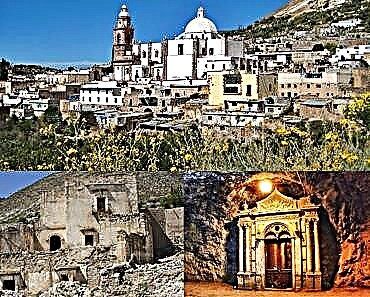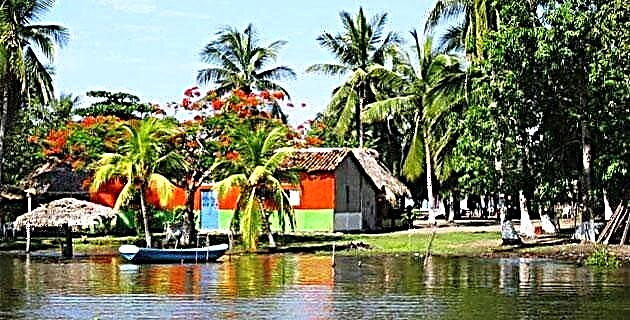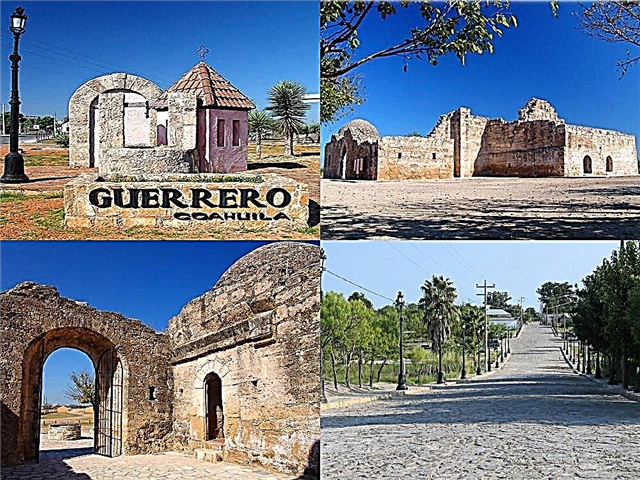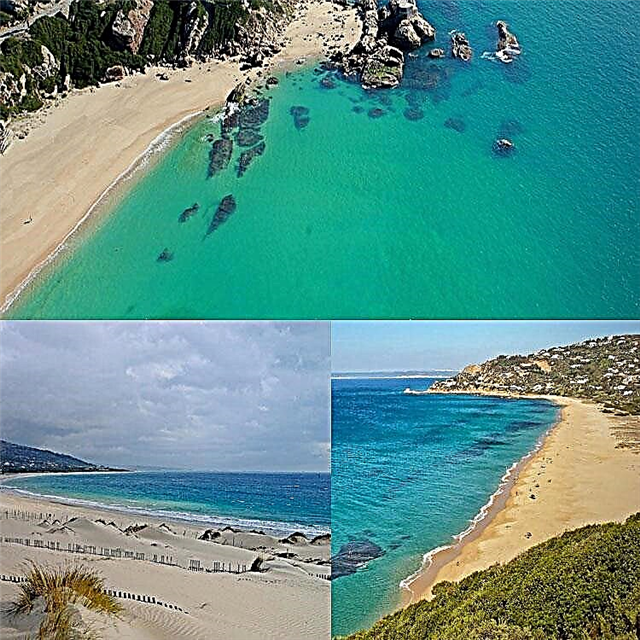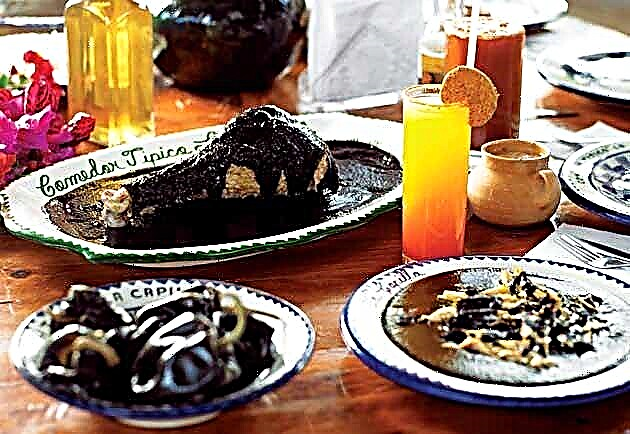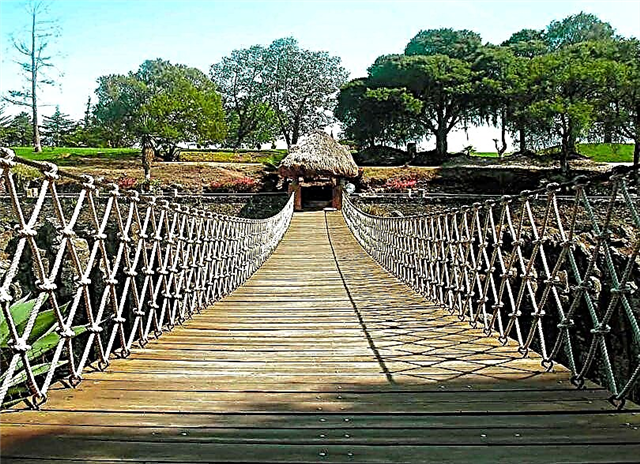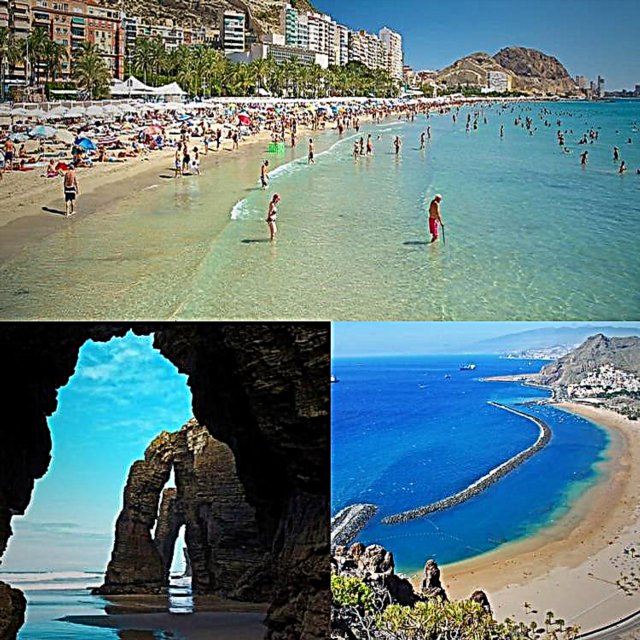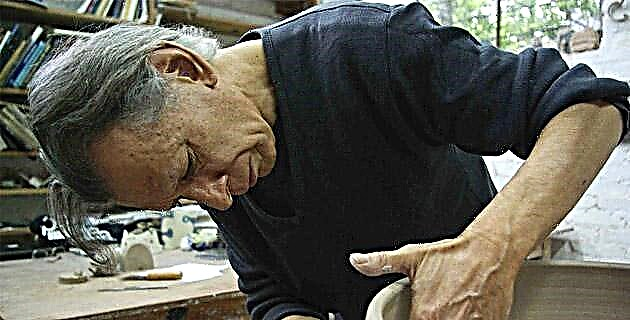
Ceramics is the oldest artisan and creative activity that we are aware of. Archaeological excavations have discovered objects produced more than ten thousand years ago.
Ceramics is the oldest artisan and creative activity that we are aware of. Archaeological excavations have discovered objects produced more than ten thousand years ago.
Traditionally, the potter has been a humble, anonymous craftsman who produces utilitarian objects, and only rarely does he rise to a higher plane of artistic pretension.
In the East there is no distinction between artisan and artist; the product of an unknown potter can be taken as a work of art, and in Japan master potters are honored and regarded as "national heritage."
It is in this context that Gustavo Pérez and his vast ceramic production appear. With almost thirty years of professional activity, he tells us in his own words:
In my youth; When it came time to choose a university degree, I had great uncertainty about what to do in life. That concern led me to look into other non-traditional fields and I came across ceramics. I consider this and I have always lived it as a very fortunate encounter, because he had no prior interest in the plastic arts, that is; not as a possibility for professional development
In 1971 he entered the Ciutadella School of Design and Crafts, where he remained for two years, and then continued his apprenticeship in Querétaro for another five years. In 1980 he obtained a scholarship for two years at the Dutch Academy of Art, and from 1982 to 1983 he worked as a guest in that country. Upon his return to Mexico in 1984, he installed the "El Tomate" workshop at Rancho Dos y Dos, near Xalapa. Since 1992 he works in his own workshop in ZencuantIa, Veracruz.
I worked on the go, trying to make a living off the commissioned objects. I consider myself self-taught, testing materials and reading books on technical and stylistic aspects, especially Japanese art.
Contemporary ceramics in the Western world have had a resurgence as a possibility of unique and unrepeatable artistic expression, and totally separated from its utilitarian value, from an oriental influence that spreads mainly to England, thanks to the school of Bernard Leach, who studied in Japan in the twenties.
Gustavo gives voice to the earth and lives with the mud, with his mud, which is a mixture of different clays prepared by him.
In ceramics the techniques I use have been found, discovered through trial and error and starting over. It is difficult to invent something new, everything is already done, but there is space for personal creation.
Discovering ceramics as the axis of my life, meant the fascination and the challenge of penetrating into a world of which everything was ignored and whose millenary secrets would be accessible from the domain of the trade.
Trade is knowledge, hands and accumulation of experience every day. Trade is passion and it is also discipline; work when work is a pleasure and also when it seems impossible or useless. Stubborn and seemingly pointless insistence sometimes leads to important findings. In my own experience, nothing important in my work has ever been found outside of the workshop; And always, literally, red-handed ...
Gustavo has just returned from a three-month stay in Shigaraki, Japan, where there is a very important tradition of burning clay in wood-fired ovens.
In Japan, the artist is responsible for all phases of the process and therefore is the sole creator. The ideal that he pursues is the search for some imperfection in the form or in the glaze.
Every ceramist knows the frequency with which the unexpected and the unwanted occur in the practice of the trade, and knows that together with the inevitable frustration it is very important to carefully observe what has happened, because precisely that moment of uncontrol can lead to a discovery of unknown freshness; the accident as a slit open to possibilities never before contemplated.
My work seeks roots, the elemental, the most primitive. I have links, references with pre-Hispanic traditions, with Zapotec art and ceramics from Nayarit and Colima. Also with Japanese art and with some contemporary European potters… all influences are welcome and come from other languages, such as the painting of Klee, Miró and Vicente Rojo; I have works whose influence comes from my love for music ...
Each clay, each stone, speaks a different, unique, inexhaustible language. Getting acquainted with the material one chooses is a fundamental process and I check how little I know it when I discover it; with alarming and wonderful frequency, how it responds differently.
Changing the position of a brush, the pressure of a finger, delaying or advancing a phase of the process can mean the appearance of unknown expressive possibilities.
In 1996 he was approved for admission to the International Academy of Ceramics, which is based in Geneva, Switzerland, and where mainly Japanese, Western European and United States artists are represented.
We are two members from Mexico: Gerda Kruger; from Mérida, and me. It is a group that allows us to establish very rich relationships with the best potters in the world, which opened the doors for me to travel to Japan and learn about avant-garde trends and make friends with artists from all over the world. This is very important to me: taking into account that professionally I live a lot only in Mexico.
Source: Tips from Aeroméxico No. 7 Veracruz / spring 1998
Gustavo Pérez, architect of clay.

